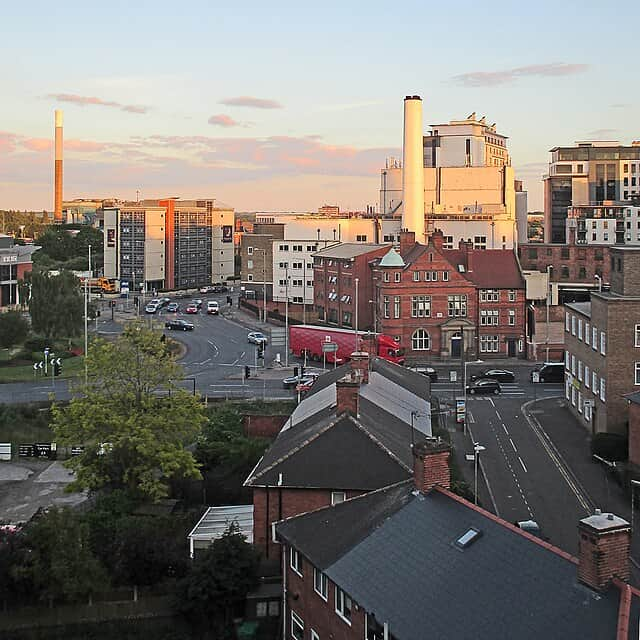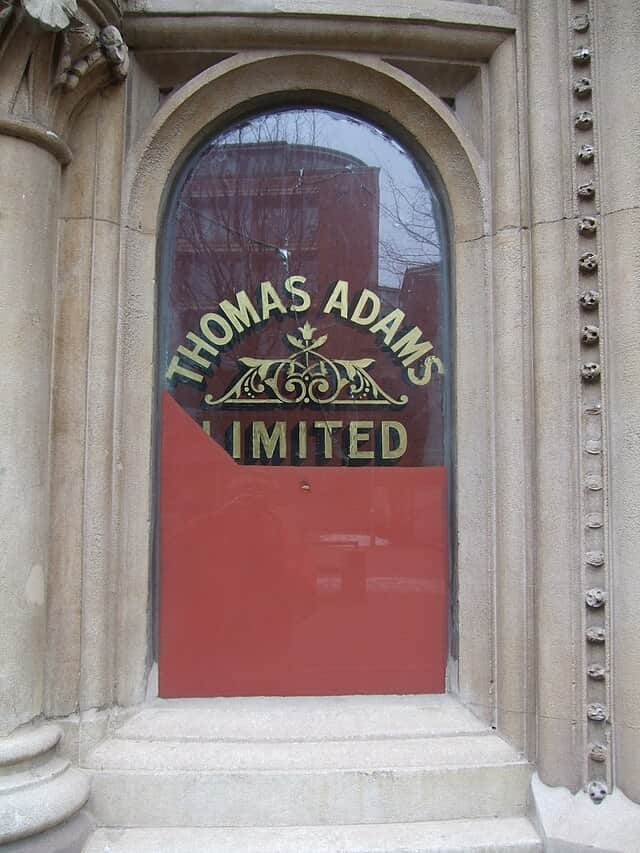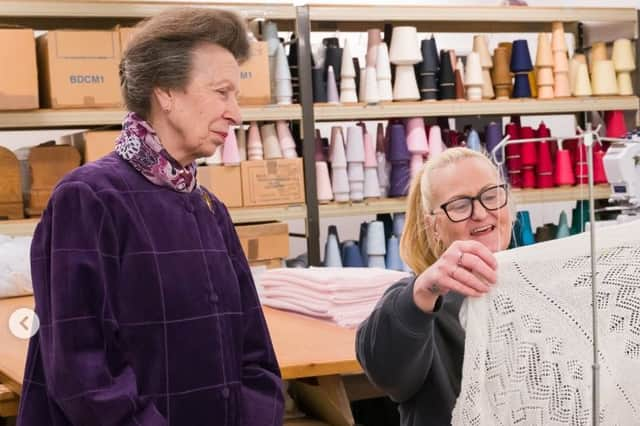Lace Market: How Nottingham became the world's hub for lace production


Welcome to Nottingham, where history weaves a tale as intricate as the lace that once adorned its streets.
Throughout the 1800s, Nottingham became a global centre for lace production that left an indelible mark on the city's landscape and culture, that's still present today.
Advertisement
Hide AdAdvertisement
Hide AdTo celebrate Nottingham's lace legacy, we're taking a stroll through the charming Lace Market district, a living testament to the city's industrial prowess and the craftsmanship of its skilled artisans.
Keep reading for our quick history lesson about the lace industry in Nottingham.
Read more: Your Nottingham
Delicate work
Nottingham's association with lace dates back to the 18th century, but it was during the 19th century that the city became a major hub for lace production.
The Industrial Revolution played a significant role in this, as new machinery and techniques were introduced to streamline the lace-making process.
Advertisement
Hide AdAdvertisement
Hide AdThe Lace Market area, situated in the heart of Nottingham, became the focal point of the city's lace industry.
Warehouses and factories sprung up to accommodate the booming trade. These buildings were designed with large windows to provide ample natural light for the delicate work of lace-making.
The lace produced in Nottingham gained international renown for its quality and craftsmanship. Nottingham lace was in high demand and exported to various countries, contributing significantly to the city's economic growth during this period.
The skilled workers who crafted the lace were often women, and their expertise was crucial to the industry's success. Nottingham lace was used in a variety of applications, from clothing and accessories to elaborate tablecloths and curtains.


Advertisement
Hide AdAdvertisement
Hide AdNottingham was home to several famous lace businesses during its heyday. One notable company was the Thomas Adams Lace Factory, the company was established in the 19th century and became one of the leading lace manufacturers in Nottingham.
Another well-known lace business was the Birkin & Co. lace firm, founded by John Birkin. The company gained international recognition for its high-quality lace products.
As technology continued to advance, the lace industry faced challenges from cheaper, mass-produced lace from other regions. The decline of the lace industry in Nottingham began in the early 20th century.
Many of the historic lace warehouses in the Lace Market were repurposed or fell into disuse.
Advertisement
Hide AdAdvertisement
Hide AdToday, the Lace Market area is a designated heritage site, and many of the historic buildings have been preserved and repurposed into offices, apartments, and trendy shops.
Modern lace industry


The Lace Market stands as a testament to Nottingham's industrial past and its significant contribution to the global industry.
Visitors can explore the area, discovering its history through guided tours and appreciating the architectural legacy of Nottingham's lace-making heritage.
In February 2024, Princess Anne visited G H Hurt and Son in Chilwell, a company that has manufactured a range of luxury shawls and scarves since 1912.
Advertisement
Hide AdAdvertisement
Hide AdIn 2021 the business received the Queen’s Award for Enterprise and International Export. The Royal Family has previously used products from G H Hurt, including a shawl to cover Prince Louis after his birth in 2018.